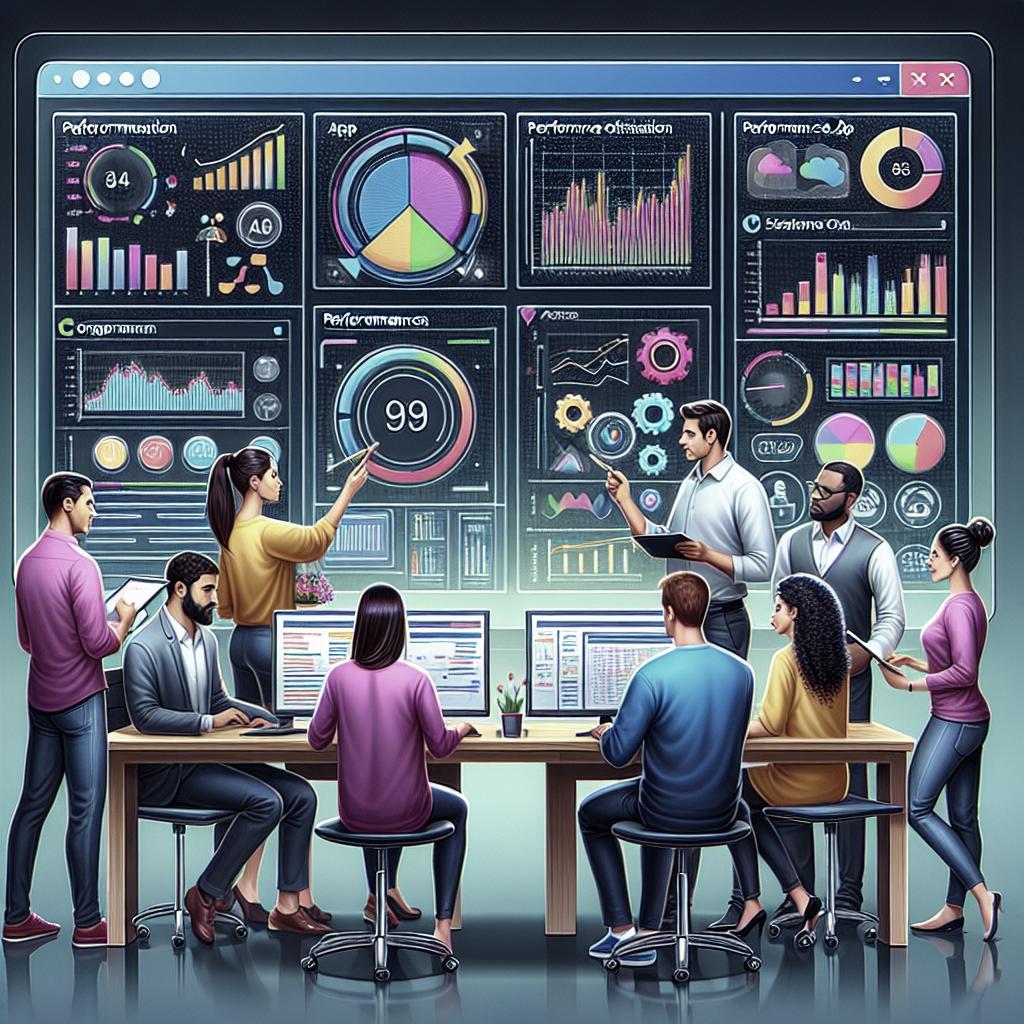Real-time Updates in Business Applications
In today’s fast-paced digital landscape, business applications are evolving to meet the demands of real-time data access. Companies rely on real-time updates to make informed decisions, improve operational efficiency, and enhance user experience. This blog explores what real-time updating entails, its benefits, essential considerations in implementation, exemplary use cases, and the technology stack supporting these capabilities. Whether you’re a developer, a business strategist, or an enthusiast, understanding the nuances of real-time applications will empower your knowledge of the future of digital interactions.
Table of Contents
-
1. What is real-time updating?
-
2. What are the benefits of Real-time updating?
-
3. Some notes when updating the application in real-time
-
4. Some examples of Real-time updating
-
5. Technology to build Web and mobile applications using real-time updating
-
Lessons Learned
1. What is real-time updating?
Real-time updating refers to the instantaneous processing and display of data as soon as it becomes available. In the context of business applications, it means that the data you see on your screen is fresh and up-to-the-minute, reflecting the latest changes in databases and other connected resources. This capability is crucial for applications where timing is critical, such as in stock trading platforms, logistic systems, social media feeds, and news distribution.
Unlike traditional batch updating systems, which process data at scheduled intervals, real-time applications handle data dynamically as it arrives. This difference allows businesses to react immediately to changes, reducing latency and the potential for errors that could arise from outdated information. Adopting real-time updating not only provides businesses a competitive advantage but also supports better decision-making processes.
2. What are the benefits of Real-time updating?
The primary benefit of real-time updates is heightened efficiency. With immediate data processing, businesses can streamline operations, reduce lag times, and ensure consistency across platforms. Real-time capabilities enhance user experiences by providing swift, responsive service, which can bolster customer satisfaction and brand loyalty.
Additionally, access to real-time data allows for proactive problem-solving, giving companies the agility to respond to issues before they escalate. This can be particularly valuable in sectors like finance, healthcare, and e-commerce, where delays can result in significant losses or customer dissatisfaction. Ultimately, real-time updating is a cornerstone of modern data-driven strategies, fostering innovation and a faster go-to-market approach.
3. Some notes when updating the application in real-time
When implementing real-time updates, it’s essential to maintain a balance between performance and data integrity. Network reliability and latency should be considered to prevent hiccups in data transmission. It’s vital to optimize systems to handle fluctuating data loads efficiently, ensuring they can scale without sacrificing performance.
Security is another crucial aspect. Real-time applications often deal with sensitive information, requiring robust security protocols to prevent unauthorized access and data breaches. Additionally, developers should focus on establishing clear fallback procedures, ensuring that in the event of a system failure, the application can recover gracefully without losing critical data.
4. Some examples of Real-time updating
One prominent example of real-time updating is seen in financial markets applications where stock prices and trading information are updated instantaneously. Here, split-second updates can significantly impact trading decisions and outcomes, highlighting the necessity of real-time systems in the financial sector.
Another example is the logistics industry, where fleet management systems use real-time data to track vehicles, manage routes, and ensure timely deliveries. Meanwhile, social media platforms like Twitter and Instagram provide real-time feeds, allowing users to see the latest posts and updates as they happen, keeping the community engaged and informed.
5. Technology to build Web and mobile applications using real-time updating
The development of real-time applications relies heavily on technologies such as WebSockets, which allow for two-way communication between a user’s browser and the server. WebSockets enable instant communication with minimal overhead, making them ideal for real-time data exchange. Similarly, libraries and frameworks like Firebase, SignalR, and Pusher empower developers to integrate real-time functionalities seamlessly.
On the mobile front, technologies like React Native and Flutter offer real-time updates with platforms designed for high responsiveness and dynamic data handling. These tools boast efficiency and customization options, allowing developers to build applications that not only update in real-time but also provide enriched user experiences and interactive interfaces.
Lessons Learned
| Area | Key Takeaways |
|---|---|
| Definition | Real-time updating involves instantaneous data processing and display for up-to-the-minute accuracy. |
| Benefits | Improves operational efficiency, customer satisfaction, and decision-making through immediate data access. |
| Implementation Notes | Focus on performance, scalability, security, and graceful recovery protocols. |
| Examples | Used in financial markets, logistics management, and social media platforms for timely data access. |
| Technology | WebSockets, Firebase, and mobile frameworks like React Native drive real-time app development. |


